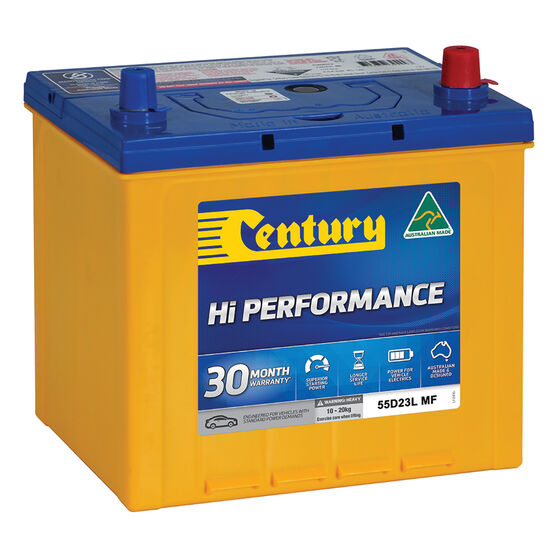A car battery is an essential component of the vehicle’s electrical system. It provides the power needed to start the engine and operates the vehicle’s various electrical systems when the engine is not running. In this blog post, we will explore how a car battery works and the important role it plays in the overall function of the vehicle.
Composition of a Car Battery:
A typical car battery consists of six cells, each containing a series of lead plates submerged in an electrolyte solution of sulfuric acid and distilled water. These lead plates are coated with lead dioxide and lead, respectively. The chemical reaction between the lead plates and the electrolyte solution creates a flow of electrons, which produces a direct current (DC) electrical charge.
How a Car Battery Works:
When the engine is not running, the battery supplies power to all the electrical components of the car, such as the lights, radio, and air conditioning/blower motor. When the engine is started, the alternator takes over and provides power to the electrical system while also charging the battery.
The battery also plays a critical role in starting the engine. When the key is turned in the ignition, a signal is sent to the starter motor, which is powered by the battery. The starter motor then turns the engine over, allowing it to begin running.
The chemical reaction within the battery produces a certain voltage, measured in volts. This voltage can vary depending on the battery’s size and capacity. A typical car battery has a voltage of around 12 volts.
It is essential to keep a car battery charged, as a discharged or weak battery can cause starting problems and potentially damage the alternator. A battery that is not charging properly may also cause electrical problems within the vehicle.
Maintenance of a Car Battery:
To ensure that the battery continues to function properly, it is essential to perform regular maintenance. This includes keeping the battery clean and free of debris, checking the electrolyte levels and adding distilled water when necessary, and inspecting the battery for signs of damage or corrosion.


